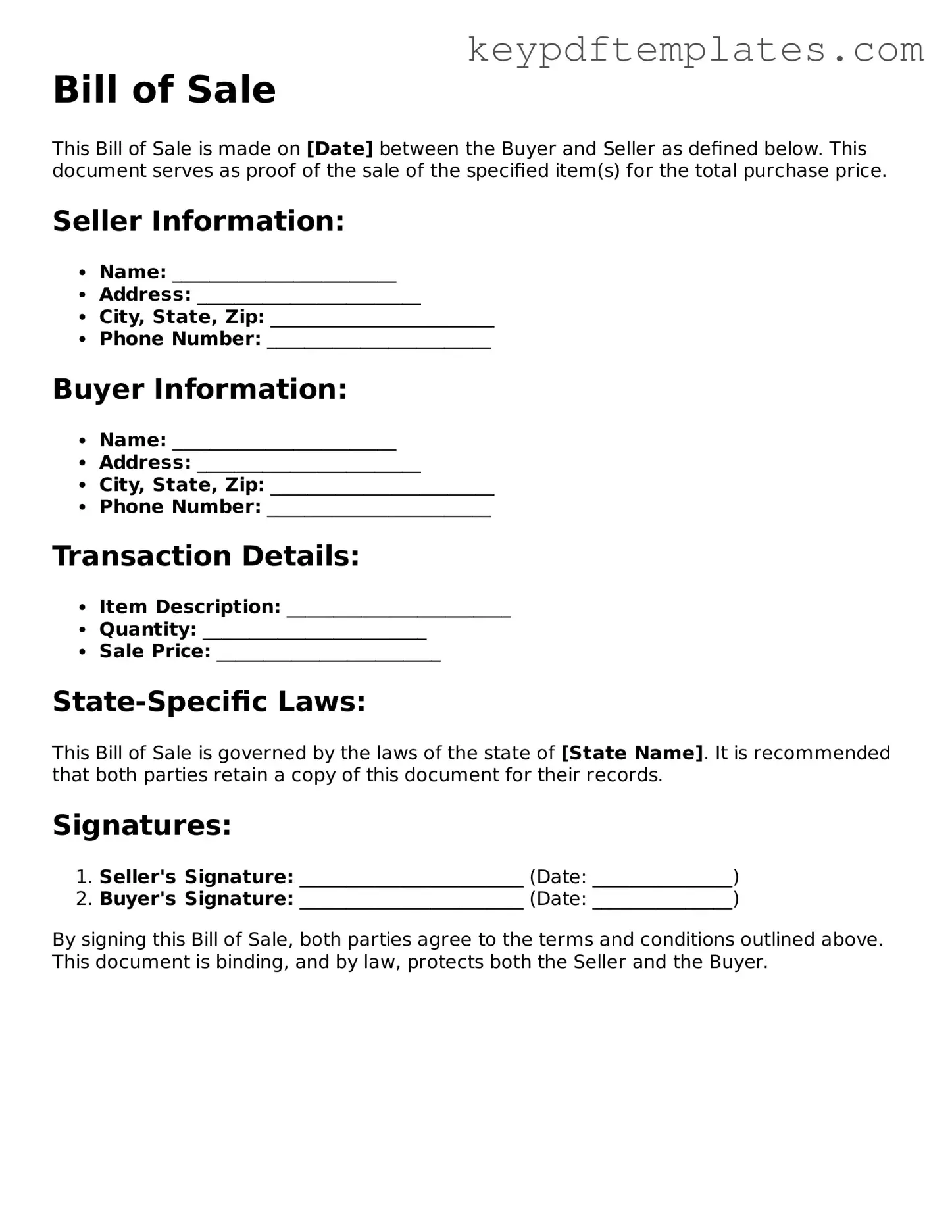Erc Forms
- Identifies personal property included in the sale, like appliances.
The Employment Application PDF form serves as a crucial tool for employers to gather vital information from job seekers, ensuring a structured approach to hiring. By utilizing this standardized document, which includes sections for work history, education, and skills, recruiters can efficiently compare candidates. For those looking to simplify the application process, the Employment Application Pdf form is an ideal choice, making it easier for both applicants and employers to manage information.
Apartment Owners Association of California
- General questions assess the applicant's habits, such as smoking and pets.
Medical Poa for Child
- Properly executed, this form can facilitate the child's attendance at important activities and events.
